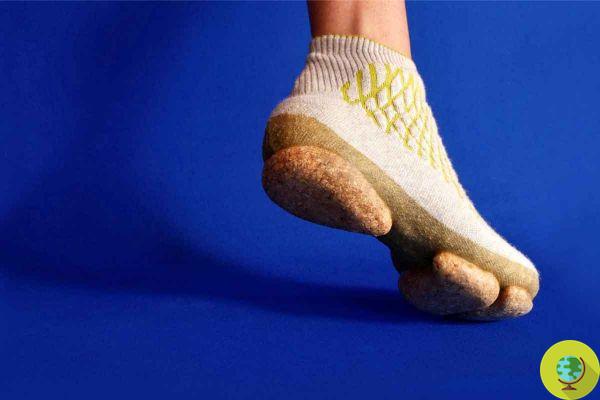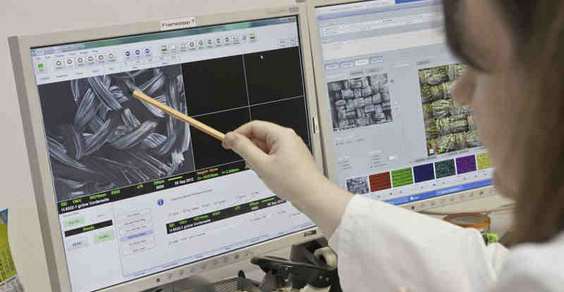How to distinguish a real fur insert from a synthetic one? And how to understand that it is, for example, dog or cat hair?
Don't store avocado like this: it's dangerousFur inserts? No thank you. Every year with the arrival of the cold season it also comes back the orrora that is hidden behind the clothing they use fur, leather and feathers of animals skinned alive.
How to distinguish a real hair from a synthetic one? And how to understand that it is for example dog or cat hair? It is not easy, but first you need to read the label: from 8 May 2012 all garments with fur, feathers or leather must have the words “Contains non-textile parts of animal origin”.
The exploitation of animals in the fur industry is regulated by numerous regulations in different fields of activity: from breeding to capturing, trade, killing, etc., yet despite Community laws, millions of living beings die in the cruellest way possible.
The animals live on farms locked in tiny cages, with no possibility of moving. This is why they are like robots, they injure themselves, are aggressive and often break their teeth biting nets.
After such a life they are killed with sticks, gas or electric shocks and are often skinned alive. A harsh reality that still leaves many people indifferent, yet sometimes, in the fur inserts there are even furs of dogs and cats.
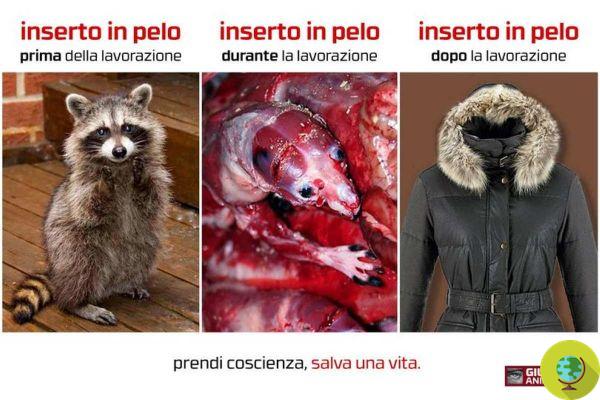
Index
But how to distinguish a real fur insert from a synthetic one?
First of all we want to underline that the price issue is not necessarily preponderant. Both synthetic and ecological ones can have high prices, determined by their processing or the material used.
According to the Lav there are three simple tests to do:
Check the base of the fur
Press and divide the fur and look at the base of the fur. If you have already purchased the product and the base of the material is not visible or unclear, open a small one seam part and look at the fur on the opposite side, making sure you have removed all the layers of lining.
Check the tips of the hair
Both animal and synthetic fur can be produced in different lengths and colors. However, if the animal fur was not divided or cut in uniform lengths, you can examine the tips of the longer hairs and thus see that they end in a conical shape - like a cat's whisker or a sewing needle. A magnifying glass and good brightness are certainly helpful for this test, as is keeping hair on a white surface.
Fire test
I animal hair they smell like humans when they burn. This is not the case for faux fur made with acrylic or polyester (the two most commonly used synthetic materials). Carefully remove just a few hairs and then, holding them with a pair of tweezers on a plate or other non-flammable surface, burn them with a lighter.
Be sure to perform this test away from the garment and any other flammable surface. Never do this test on hair still attached to the garment. This test should only be performed by adults and with the utmost caution.
Here is a very useful table:
Not only that, thanks the obligation of labeling, when we buy a garment we can already know if it is made of real fur and which animal it comes from. For example, l'Oipa he put up a list of names to keep an eye on. They are false names that hide the true origin of the hair: dogs and cats.Cat fur
It is cat fur if it has these indications:- Cyprus Cat,
- Special skin,
- LyraGenette Cat,
- shake,
- Housecat,
- Wildcat,
- cat furs,
- lipi,
- Mountain cat.
Dog fur
Again it is dog fur if on the label it says:- Raccoon Dog,
- Dogue of China,
- Corsak fox,
- Asian jackal,
- Asiatic racoon wolf,
- Asian wolf,
- Wild Dog,
- Corsak,
- Dogaskin,
- Finnracoon (Asian),
- Fox of Asia,
- Gae wolf,
- Gubi,
- Of course,
- Lamb skin,
- Asiatic Wolf,
- Asiatic Wolf,
- Chinese wolf,
- Murmanski,
- Nakhon,
- Pemmern wolf,
- Asian raccoon,
- Sakhon, Dogs,
Pay attention mainly to online purchases
The various regulations of the European Union state that 'textile products' (ie clothing) containing fur must be labeled as containing 'non-textile parts of animal origin'. Unfortunately, this rule sometimes doesn't apply to online product descriptions, especially if they come from non-EU countries. It is therefore necessary to pay close attention and where there is a doubt we recommend avoiding buying.
To know more:
- FUR INSERTS? NO THANK YOU! HERE'S HOW TO RECOGNIZE THE SYNTHETIC HAIR FROM THE REAL ONE
- 'ETHICAL' FUR? HERE'S THE HORRIBLE TRUTH OF THE EUROPEAN FASHION INDUSTRY
- HUGO BOSS: SAYS GOODBYE TO FUR, FROM TODAY IT'S FUR-FREE
What to do then?
Choose an ethical and cruelty free fashion. Today many companies have given a real change, here you can find the list of some Fur-free.





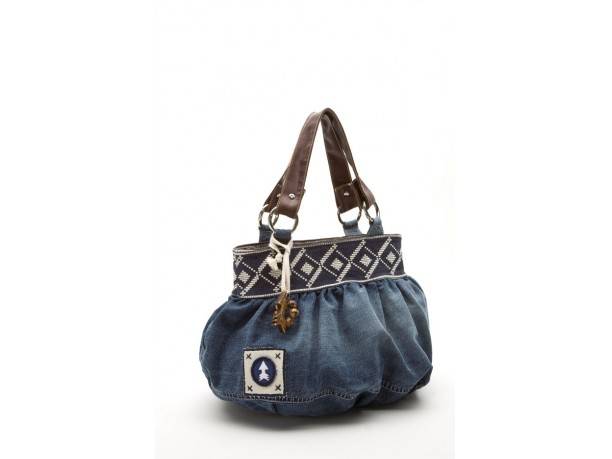

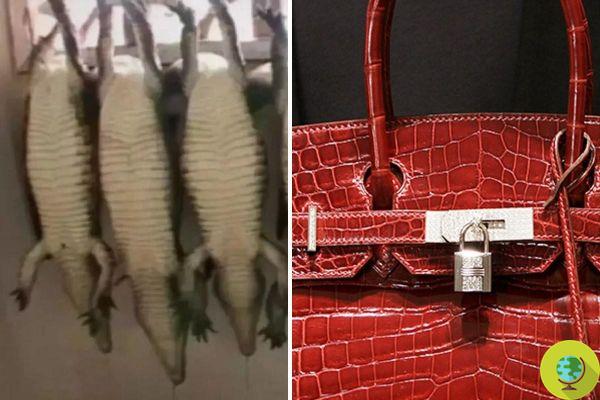




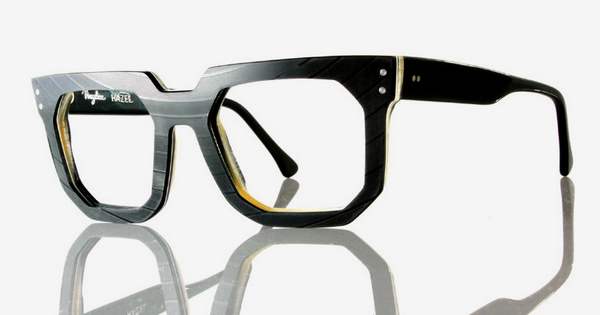


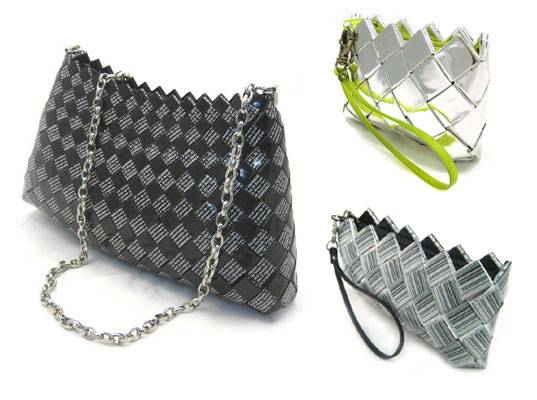


![Vivienne Westwood has a message for all the powerful ahead of COP26 [VIDEO]](/images/posts/221fa8f5dd2d21a4210e6b9071546b56-0.jpg)
